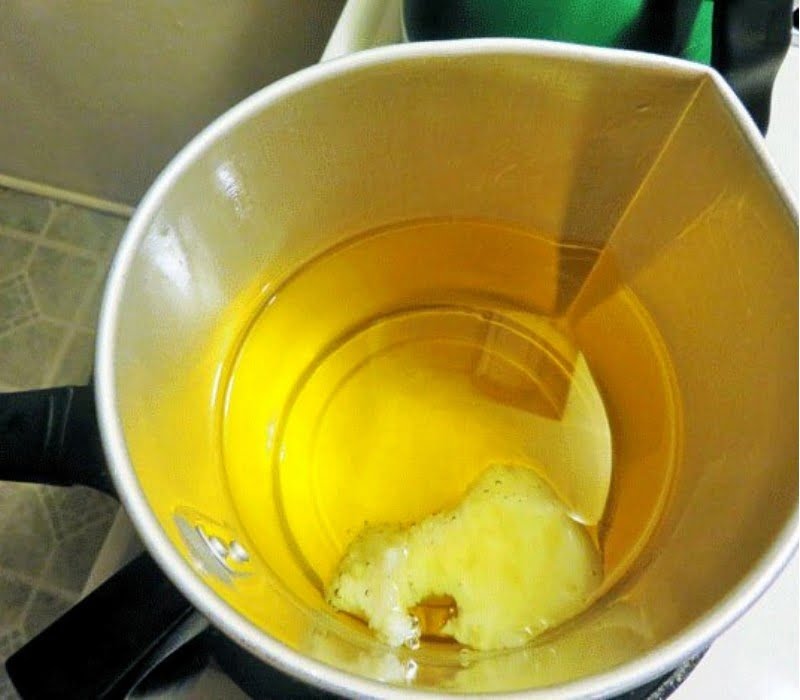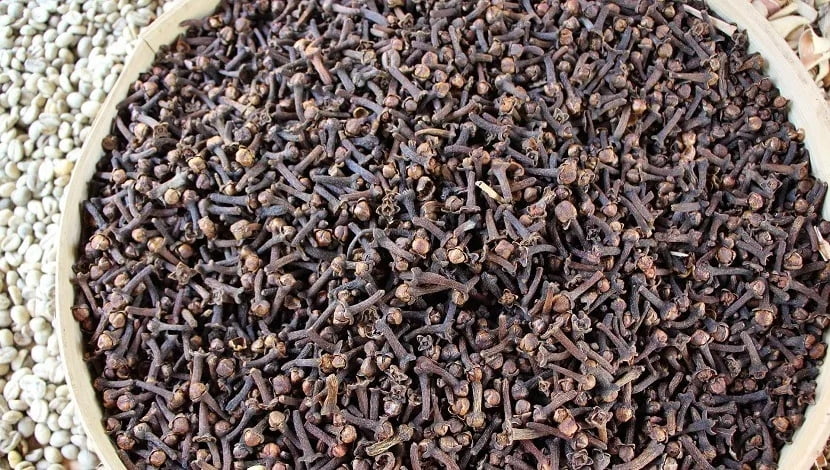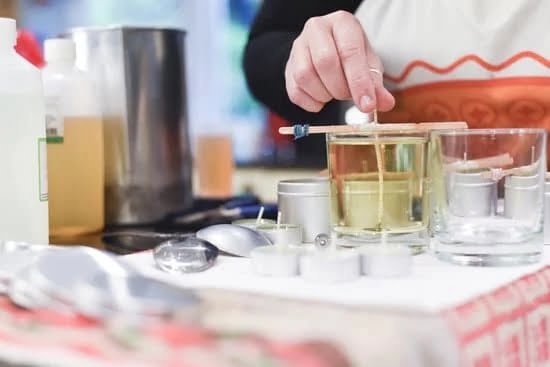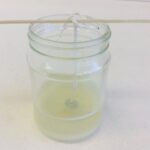Introduction
Eucalyptus and lemongrass are two of the most popular scents in soy candles, thanks to their unique combination of sweet, woody and citrus aromas. Soy candles have become more popular in recent years because they don’t produce as much soot or smoke as traditional wax candles. Plus, they don’t release any synthetic chemicals or pollutants into the air while burning, making them a great choice for people with allergies or asthma. The combination of eucalyptus and lemongrass makes a pleasant aroma synergy, sure to lift spirits and create a soothing atmosphere wherever it’s burned. Eucalyptus essential oil is known for its antiseptic properties, which can help purify the air in your home when used in candles. Lemongrass essential oil has energizing effects that can help motivate you, creating an uplifting energy throughout your space.
The process of making soy candles is relatively simple and cost-effective compared to other kinds of candle-making projects. You can either make your own beeswax-soy blend, which will last longer than straight soy wax; or use a pre-made wax blend that already has added scent. If you want to make one that contains eucalyptus and lemongrass oils, you’ll need to purchase these separately since pre-scented blends usually include only basic aromas like pine and lavender. Once you have the ingredients ready (including wicks), simply heat the wax until it liquefies before adding your essential oils and pouring the mixture into containers or molds. After letting it cool overnight, trim wicks before using your new eucalyptus & lemongrass soy candle!
Environmental Impact
The environmental impact of wax candles has become a topic of much discussion in recent years. Soy wax candles and wicks are becoming increasingly popular due to their environmentally friendly properties. Traditional paraffin-based wax candles, on the other hand, come with some negative environmental impacts. The two main types of paraffin used in candle making come from petroleum byproducts and as such, when burned they can result in the release of pollutants into the air. These pollutants include organochlorine compounds, heavier hydrocarbons, particulate matter, and are known to contribute to air pollution.
Soybean wax on the other hand is made from agricultural crops grown specifically for this purpose and does not rely on petroleum byproducts or involve drilling for oil; making it a clean burning candle source that produces very little soot and no pollutant-filled smoke when burned. Because soybeans are renewable resources, and use less energy during production than traditional paraffin-based candles do; soy wax candles can be considered more sustainable and environmentally friendly than traditional paraffin-based ones. Additionally, soybean wax provides a longer lasting burn time than most paraffin-based candles, making them more cost effective in the long run while reducing waste associated with frequent replacement of traditionally shorter burn times found in regular cotton wick/paraffin combinations.
Proper Use of Essential Oils
Candle making with essential oils is a fantastic way to enjoy aromatherapy and create beautiful candles that you can use during meditation, yoga or simply to fill your home with beautiful fragrances. When incorporating essential oils into candle making, it’s important to understand the right amounts and combinations needed for desired results.
When making soy candles, it’s recommended to use up to 1/2oz of scent per pound of wax when using essential oils. Using more than this amount can affect how the candle burns and may cause excess smoke or puddling when lit. For example, when blending eucalyptus and lemongrass essential oils it’s ideal to combine one teaspoon of eucalyptus oil and 3/4 teaspoon of lemongrass oil in 1lb (16 oz) of wax for maximum effect and burn quality from these two types of oil. Although different brands may claim different scent capabilities, using too much will dilute your blend which can lead to a weaker overall aroma in the end. Additionally, as some essential oils have different densities than others, care should be taken not to let the oil separate in your blend before pouring as this dipersion can significantly reduce the overall potency of the candle’s aroma reachable by readers.
Candle Making Guide
1. Gather the materials needed. To make your candle, you will need: wax flakes or chips; eucalyptus and lemongrass essential oil; glass jars with lids; wicks with metal clips; a double boiler; a thermometer; and a stirring rod or spoon.
2. Measure wax. Measure out one part wax flakes or chips to four parts of water in the double boiler.
3. Heat wax mixture over low heat until melted, stirring occasionally with the stirring rod or spoon.
4. Test temperature of the liquid wax with thermometer and add essential oils when wax reaches about 160-180 degrees Fahrenheit (71-82 degrees Celsius). For any standard size jar of 8 ounces (227g), use about 0.3-0.6 ounces (10-20ml) each of eucalyptus and lemongrass essential oil by weight/volume respectively and mix into melted wax using stirring rod or spoon to combine oils with the fluid wax evenly together before they are cooled down below 150 degrees Fahrenheit (65 degrees Celsius).
5. Place container filled with freshly poured mixture on level surface so that it can settle while cooling down in order to prevent ridges from forming at the bottom due to uneven settling before wick is attached onto glass jar container later in step 6 below, if preferred during its early curing stage after pouring it into jar but before attaching/fixing wick clip at center as directed later in Step 6 below for safety purposes when burning candle later after completely cured completely in final step 8 too!
6. Attach wick clip onto center of freshly poured mixture inside container and make sure it stays firmly anchored to inner wall surface before cool down process starts below in next step 7 for successful running time production run for alluring ambiance purposes when fully cured ready made product finished product is on display afterward upon completion of Steps 7 & 8 altogether here today —
7 . Allow liquid candle mixture to cool until just above 110 degrees Fahrenheit (about 43 degrees Celsius). At this point, it should be slightly malleable while still being able to hold its shape when handled carefully more pliable malleable manipulation manipulation than when first poured melts even thereafter enjoy additionally many hours of aesthetic ambiance effect provided largely by these pleasant olfactory moments created momentary experience beyond simple visual sight now & forevermore so!
8 . Once cooled and hardened, trim off any excess material around top edge then screw lid tightly shut onto top edge making sure seal is tight -all sealed up-, place candles where they won’t be disturbed and allow them to cure for 24 hours at room temperature prior enjoying burning everything pretty much everywhere accordingly purely positvely safely appropriately finally whenever needed most confidently true!
Aromatherapy Benefits
The powerful combination of eucalyptus and lemongrass has a variety of health benefits. Eucalyptus oil is known for its medicinal properties, such as relieving respiratory congestion, reducing inflammation, aiding digestion, and even fighting bacteria that can cause infections. Lemongrass is known to stimulate circulation, purify the body of toxins, provide pain relief, reduce stress, and uplift moods. The combination of these fragrances together in a candle can be extremely calming and invigorating; creating balance within the body by providing both relaxation and stimulation. Inhaling either eucalyptus or lemongrass scents can help reduce anxiety levels while breathing out can help relax the body upon completing a stressful activity. Making your own soy candles with these two essential oils can also help promote better sleep due to their natural ability to induce tranquility.
Quality Considerations
When choosing soy waxes and essential oils for candle making, there are important considerations to understand. It is paramount to find quality-grade materials as they will have a huge impact on the scent, performance, and aesthetic of your finished product.
In regards to soy waxes, look for ones that are non-GMO certified and if possible formulated without paraffin(a petroleum based wax) as this can create sooting issues when burned. Additionally it is recommended to purchase from reliable suppliers with feedback from satisfied customers who have ordered before. This will help ensure you are purchasing from trustworthy sellers with quality product offerings. Also inquire about the melting point of different waxes so you can properly estimate cooling times for particular candles you plan on making.
As for essential oils, it is best to seek out organic or wildcrafted options that are sustainably harvested. Not only do these provide superior quality scents but also give peace of mind in knowing they were responsibly sourced while being free of harsh chemicals that could be hazardous when burned or used topically. If possible inquire about distillation methods used along with companies’ sustainability practices. Finally look up data sheets or safety guidelines recommeded by National Association for Holistic Aromatherapy (NAHA). Overall diligence in researching different suppliers beforehand greatly increases your chances of creating a candle that efficiently provides beautiful scents while being safe and eco-friendly!
Design Inspiration
Creating a unique and aesthetically pleasing candle using eucalyptus and lemongrass is a great way to appreciate the creative potential of soy candle making. To get started, you will need to select a vessel or container that has been designed specifically for candle making; these are generally made from glass or ceramic. Next, you’ll need to select your wax ” soy wax is best when it comes to creating candles with eucalyptus and lemongrass since it has a lower melting point than other waxes and can hold the scent of these herbs more effectively. Once your wax has melted thoroughly, add any desired colors or dyes. Then, you will want to measure out your eucalyptus and lemongrass essential oil blend, which can be custom-mixed for you according to your preferences. Add this blend in small increments until the desired fragrance is achieved. Finally, pour the melted wax into your candle vessel of choice and let cool completely before lighting your hand-crafted candle!
Conclusion
Making candles from soy wax, eucalyptus, and lemongrass provides several advantages and disadvantages.
The main advantage of using soy wax for candle making is that it is a sustainable source of wax which burns slower and more evenly than paraffin alternatives. Additionally, soy wax is free of toxins, carcinogens, and pollutants that can be present in other types of wax. Furthermore, the essential oils derived from eucalyptus and lemongrass add their own unique aromas to the candles while also providing therapeutic benefits such as anti-anxiety properties.
However, making soy eucalyptus and lemongrass candles has its drawbacks as well. Soy wax can be more difficult to work with than paraffin alternatives because it has a lower melting point. Additionally, obtaining essential oils derived from eucalyptus and lemongrass is more expensive than if you were only working with soy wax. Finally, since the smell of these essential oils can cause allergic reactions in some people, extra caution must be taken when selling these types of candles in an open market or other public place.
In conclusion, making candles from soy wax with eucalyptus and lemongrass provide several advantages including a longer burn time with no toxins or pollutants released into the air. However there are drawbacks such as difficulty manipulating soywax due to its lower melting point as well as costlier materials required for producing these items due to the addition of essential oils derived from both eucalyptus and lemongrass used in the mixture which can cause allergic reactions in certain individuals if not handled properly. Taken into account all possible advantages and disadvantages this type of candle seems worth considering before deciding on its use or production depending on each personal situation.

Welcome to my candle making blog! In this blog, I will be sharing my tips and tricks for making candles. I will also be sharing some of my favorite recipes.




